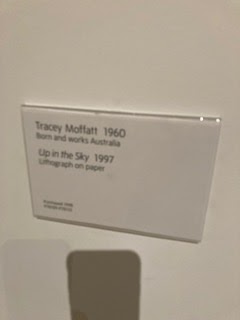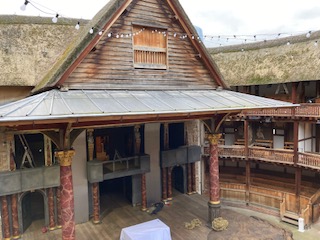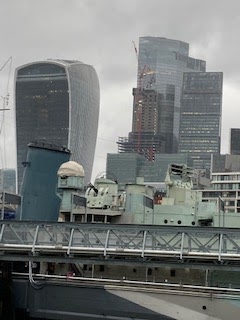Here's a long and close view of Stonehenge itself, which is about 5000 years old. They have no idea what it really is or what purpose it served. There are many theories, including something to do with aliens, but what they do figure is it would have taken 1000 men to move the major stones from miles away, so it must have been important.
It was a gorgeous day fortunately too, with a rare blue sky. My favorite part here was the ravens, though they were often too quick to get a photo. There is one perched on the stone here though if you look really closely.
The cathedral was full of amazing displays like this...again, you have to look really closely to appreciate the level of detail. Also found in the Cathedral is an original 1215 Magna Carta.
Here is the exterior of the cathedral from a distance. We took a lovely walk around the area of the cathedral with our tour guide and view some of the very old and very lovely (and very expensive) properties around. Lots of pretty flowers starting too...in February!
The cathedral was full of tombs like the one you see here...chances are wherever you strolled you were walking on dead people of note. The tombs feature the dress of the time the dead person lived, and they were often depicted as skeletal. Hardcore goth! (Literally, most of the architecture was Gothic.)
Another great exterior view...this cathedral only took 38 years to make when most like it took at least a hundred. Wool money, apparently. Wool is still a thing in this area...lots of sheep to be seen from our coach on the way.
And finally, here's a swan we saw swimming in the Avon. It was huge. Ravens were huge too, as were pigeons we found. Why are birds larger in England? Might be worth a Google.
















































